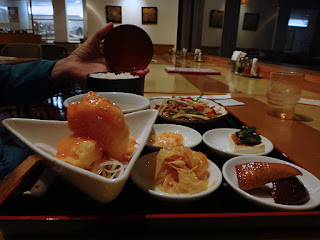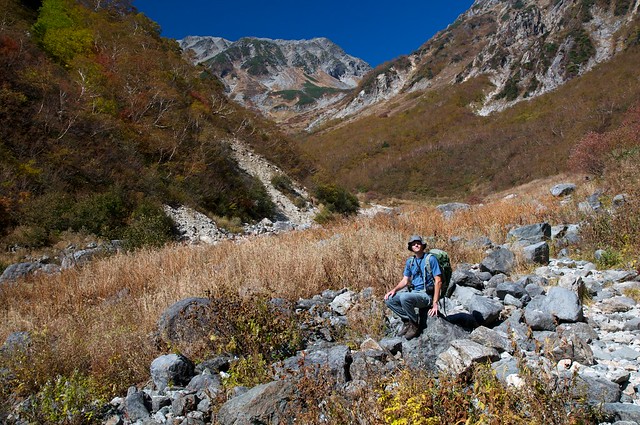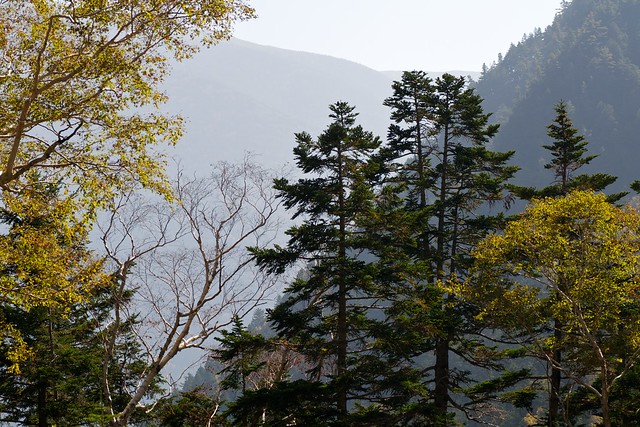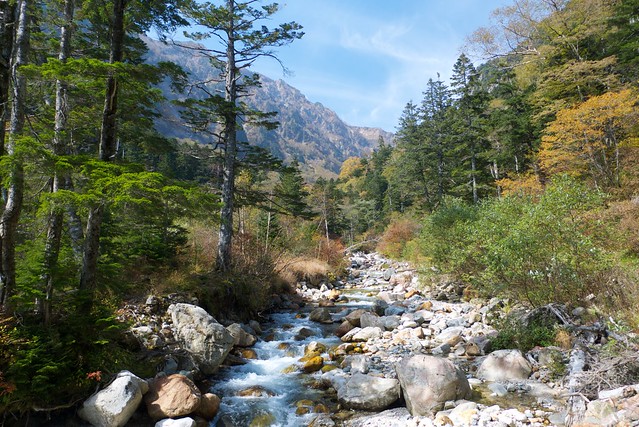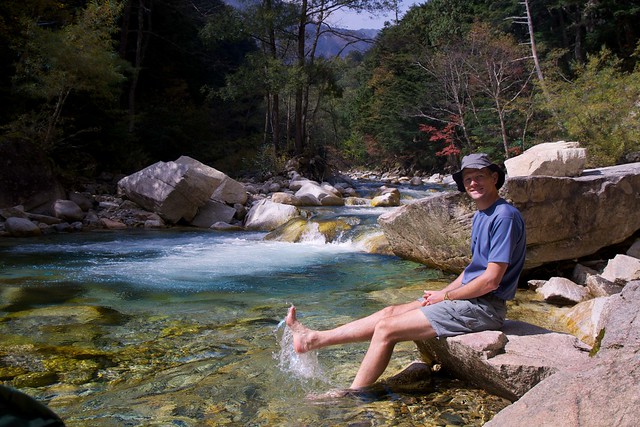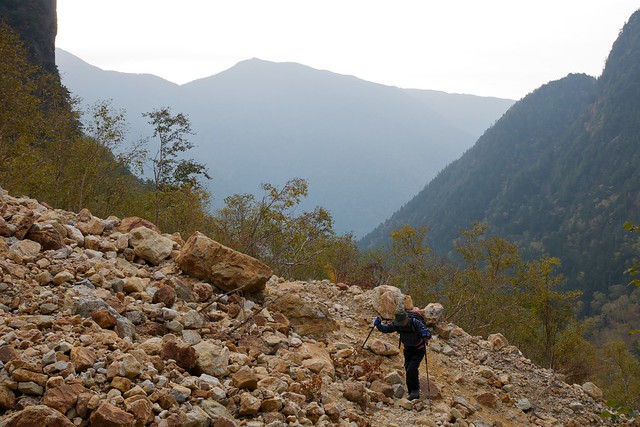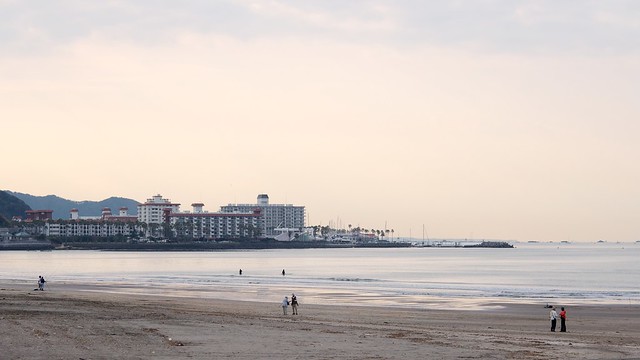Monday, October 31, 2011
[jules' pics] Climate Science explained - by GooBalls
On Friday we were fortunate and unfortunate enough to be invited to sit in on a committee meeting. The picktur explains what I learned during this 2 hour revelation.
The snapshot is taken from World of Goo, the best game ever until the next one, which I completed last week while not sleeping, due to jet lag. The idea is to build structures made of gooballs and have enough free gooballs roaming through the structure left at the end, that some are sucked up when you reach the spout. The arrow points the way to the spout.
I've labelled the structure with some of the acronyms from the meeting. I do not know what they all stand for, how they work, or how they are interrelated, but mostly these acronyms represent committees of people that may or may not have access to some limited funds. Mostly they are pretty powerless, except they can "endorse" science that they like, and enable scientific meetings. So the structure is really built upon mutual endorsement.
In the way of our goal lies the fly-wheel of death. I've written climate deniers on the flywheel, but I suppose it could also be any normal thing that gets in the way of climate science and funding - competing interests/ economic collapse etc. Touch your gooball structure against that and the whole thing is smashed to pieces. So we have to build a huge structure of endorsement all the way around the top of the fly-wheel and down the other side, absorbing innocent sleeping gooballs which we use to build an even bigger structure as we go along. The sleeping GooBalls are the free-thinking climate scientists, who do science and write papers, naively expecting them to be read and built upon. They mistakenly think that they are building a structure - one made of scientific knowledge. They are unaware of the real structure of endorsement hanging below. When the structure hits a sleeping gooball, they wake up and a "!" appears and then they roll up and join the structure.
By the time we get wherever we are going, will there be any free thinking scientists left to actually do the science?
--
Posted By Blogger to jules' pics at 10/31/2011 01:23:00 PM
Saturday, October 29, 2011
WCRP OSC Day 4 and 5
Friday morning had a few interesting plenary talks about policy relevance, talking about things such as meningitis in Africa (apparently there's a big climatic link, which I didn't know before) and the importance of ensuring that climate-related information is actually both useful and usable. Then there were supposed to be presentations about the upcoming IPCC report, but unfortunately the speaker on WG1 (Qin) decided to waffle about Chinese glaciers instead - which might have been interesting as a scientific presentation but was woefully off-topic at that time. The ideas behind the WG2/3 structure were better presented by Chris Field. Some questions about how they were going to avoid making mistakes this time around were basically batted back with "you're our reviewers". Then there were a succession of summaries from the plenary sessions, followed by a question and answer session which got pretty boring pretty quickly so jules and I eventually gave up and went for an early lunch, as we had another meeting to attend in the afternoon.
Finally, at 4:30pm, 12 hours before we have to get up for our flight home, we finally managed the long-overdue jog along the Cherry Creek Trail...
Thursday, October 27, 2011
WCRP OSC Day 3
Unfortunately, the plenaries were more posturing than science. Christian Jakob made the rather risible claim that physical climate modellers were an endangered species. I don't dispute that a significant emphasis has passed to the sexier chemistry/ecosystem/aerosol components of the climate system, and I don't have hard numbers to refute him with, but I find it very hard to believe that there are not still far more people now engaged in physical model development (he included numerics in this) than there were, say 30 years ago. Certainly our lab, which did not exist 15 years ago, boasts several groups of them, working on diverse aspects of climate modelling. He also promoted Tim Palmer's idea of a worldwide "Manhattan Project" to build one model to rule them all, and my only criticism of Gavin's rather unenthusiastic comment was that he was (predictably) rather too polite...
Adam Scaife of the Hadley Centre then did his best to cherry-pick some marginal successes out of the wreckage of their "decadal" prediction program, with such gems as the "likely to be globally hottest ever" forecast for 2010 (which wasn't actually hottest, by their preferred HadCRUT measure) and the "45% chance of cold" UK 2010 winter (ie 55% chance of warm or near-normal temperatures) which of course turned out to be remarkably cold. Interestingly, he didn't find time to mention the "most years past 2009 will be warmer than 1998" prediction of the Smith et al Science paper, which has failed to pan out for 2010, 2011 and most likely (based on ENSO forecasts) 2012 so far. Of course I must not be churlish about the improvements in the 3-10 day horizon and indeed ENSO forecasting which are notable in themselves, but perhaps they should stop pretending they can do much apart from that.
It was rather a relief when Sandrine Bony gave a nice review of what had (not) been learnt about climate sensitivity since the Charney Report, and why the model results had not converged since then (she didn't cover the probabilistic estimation approaches with the "long tail"). She made the point was that increased process understanding is a key component of reducing uncertainties in climate change predictions.
After coffee (and a remarkably heavy ham and cheese croissant), I had two posters to defend in different rooms, so focussed my attention on one of them. Having just received some encouraging reviews on a related manuscript, this will be the subject of another blog post in the near future. The one I abandoned was mostly a re-hash of the JClim paper which was finally published not long ago. A fair few people came by, though not necessarily the ones who really needed to read it...(but they might have seen it during the rest of the day).
The afternoon session was on reliability of climate models, which was supposed to be looking at CMIP5, but these results are only coming in around now so many people (including us) are still looking at CMIP3. Karl Taylor kicked things off with an unfortunate mis-statement regarding the interpretation of the multi-model ensemble (the stuff we have tried to correct in recent papers), but fortunately it wasn't a major part of the session, or even his talk. I found another virtually identical talk of his on the web here, the problem is on p32, I can rant in more detail if anyone cares...
Grant Branstator showed that the inherent predictability of the models on the decadal time scale varied substantially, which may help to explain the problems they are having. Sandy Harrison energetically and enthusiastically showcased what paleoclimate simulations (now part of CMIP5, for the first time) can offer in terms of model testing and validation, and Reto Knutti gave a nice overview of what (little) we know how to do in terms of evaluating and weighting climate models to improve their predictions. Both of these talks provided a fine background to jules' [brilliant -ed] talk on assessing model reliability and skill with paleoclimate simulations. She rattled though some of our recent work, and also some stuff that is yet to be written. So far our ideas have been developed and applied to the old CMIP3 models, so we look forward to seeing how the new crop of models measures up.
Conveniently, the aforementioned gala followed straight after, which was held in the local Denver art museum. To be honest, I was rather underwhelmed by the art, but that's probably just me.
[jules' pics] Art
--
Posted By Blogger to jules' pics at 10/28/2011 04:48:00 AM
WCRP OSC Day 2
The plenaries contained summaries of various observational data sets, specifically those relating to atmosphere, ocean and hydrology. Susan Wijffels seemed a little concerned that consensus had not yet been reached between several ocean data analysis efforts, but Peter Thorne made the counter-comment (with which I agree) that a diversity of approaches was a good thing to ensure robustness.
The poster session was before lunch, and I was defending the work I've been doing on last millennial temperature reconstructions - still unfinished, but after some interesting discussions I'm feeling sufficiently motivated to get it done soon. After lunch, there were updates on various reanalysis efforts, most of which seem to be (in contrast to the previous day's decadal prediction efforts) making great strides in both methods and data recovery. Peter Thorne tried his BEST to falsify my earlier prediction with a subtle reference to Muller :-) but nobody seemed to take the bait. The remainder of the session seemed a little technical and irrelevant so after a tea-time game of battleships with Gavin I gave up and went to the gym instead.
Wednesday, October 26, 2011
[jules' pics] Abrupt Climate Change
Yesterday, about 25C:
Today, about -1C:
--
Posted By Blogger to jules' pics at 10/26/2011 11:26:00 PM
Tuesday, October 25, 2011
[jules' pics] Facemail
[The short one with the big H-index is Gavin, and our James is the one on the right.]
--
Posted By Blogger to jules' pics at 10/26/2011 07:42:00 AM
WCRP OSC Day 1
Despite our best intentions ("Let's go for a dawn run along the Cherry Creek Trail!"), jetlag got the better of us and we only woke at 9am. Due to a prior appointment with a breakfast burrito, we missed most of the opening blurbs, but there was still plenty of acronym soup to go round. And I'm still not really much wiser about the actual purpose of it all...there's just enough politics mixed in with the science to be a little disconcerting, to me at least.
The plenaries have been mostly rather general, though there was an interesting (to me) talk on poorly-quantified aerosol effects. The parallel sessions were more detailed. Organisationally it has been a bit of a mixed bag - the setting seems very grand but there have been several presentation problems, and quite a few speakers are absent - including, to my amusement, someone who told one of their underlings on Friday that they were not attending, leaving said underling not only having to present, but even write, their 30 minute invited presentation over the next couple of days while at the conference.
I spent most of the day in the seasonal to decadal prediction session, which still remains rather a challenge. A few years ago, some meeting of the great and good decided that they were all going to do 30y forecasts, and unfortunately our institute took this suggestion rather more seriously than it deserved (in our opinion). Of course, skill beyond a couple of years (if that) has proved hard to find. The models do suggest a bit more potential predictability, but issues of model error and initialisation make this rather a challenge. Still, it's a good excuse for more funding.
Tim Palmer presented some good results from his stochastic parameterisation, but this work only extends to the seasonal time scale. Having started his talk with a complaint that all climate models were too similar, it was perhaps a little incongruous that he ended with an appeal for us all to club together to build a single climate model with stochastic parameterisations. I suppose you can't criticise one model for being too similar to itself :-) But it seems obvious to me that one model - even a stochastic one - cannot reasonably represent our uncertainties regarding the behaviour of the climate system over long time scales (and indeed if it did, then Jim Hansen would have got there 30 years ago.) There was a surprising amount of discussion throughout the session about the good performance of the multi-model mean, and I was relieved that another commenter saved me from having to suggest that an ensemble of (different) stochastically-parameterised models would outperform a single one.
Posters were enhanced by a reasonable quantity of free beer (that despite prior threats, was indeed "free as in beer"). But they weren't particularly on-topic for me, and I was flagging by then anyway.
Monday, October 24, 2011
WCRP OSC
Denver is pleasant and sunny and the hotel boasts 130 varieties of dra(f/ugh)t beer, so we have enjoyed the trip so far, but our experience of the conference is limited to sleeping through the introductory plenary. There is a fair bit of info on-line for this interested including a YouTube channel and twitter feed (google it).
I've not been to one of these before, it seems like part rallying the troops, part ipcc consensus forming, part assembly of position papers and priorities to be cited in future funding applications, and maybe some normal science as well. One thing I don't expect to be a major focus, is the earth-shattering news that some random semi-sceptic has recently decided to accept that the planet is actually warming after all...
--
James Annan
Friday, October 21, 2011
[jules' pics] Night-life

--
Posted By Blogger to jules' pics at 10/21/2011 08:33:00 PM
Thursday, October 20, 2011
[jules' pics] Tsukuba... again
The first breakfast after our run the next morning was rotted soya beans, cold fried egg, rice and seaweed. Delicious, but a little small, and we had plenty of room for a second breakfast at a newly opened Tully's before heading back to the conference centre for day 2:
The Chinese restaurant on the top floor of Seibu isn't super-exotic but on the three times we have visited the food has always been hot, fresh and tasty:
James eschewed the Okura hotel - expensive, unexciting, attached to the Conference centre, and with the history of not being particularly welcoming on tsunami-night - in favour of the Hotel Matsushima, in the Tsukuba hinterland: cheap, dirty, but fully functional with lots of clean tanks full of exotic fish (pets not food). Woo Hoo - some character in Tsukuba!:
--
Posted By Blogger to jules' pics at 10/20/2011 11:00:00 AM
Wednesday, October 19, 2011
[jules' pics] Descending Yarigatake - Day 3
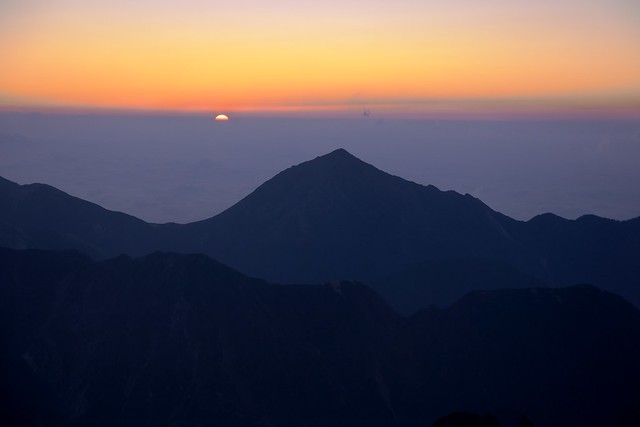
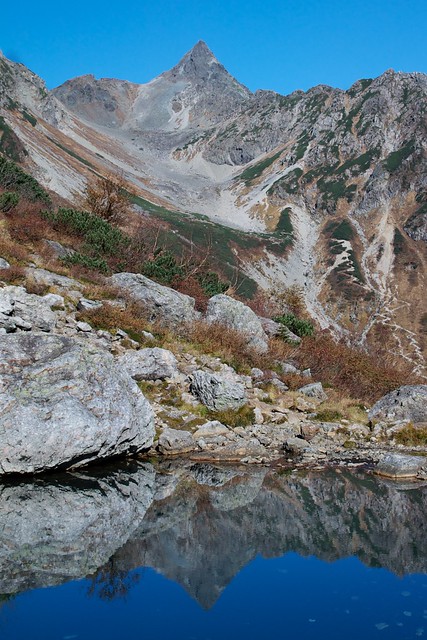
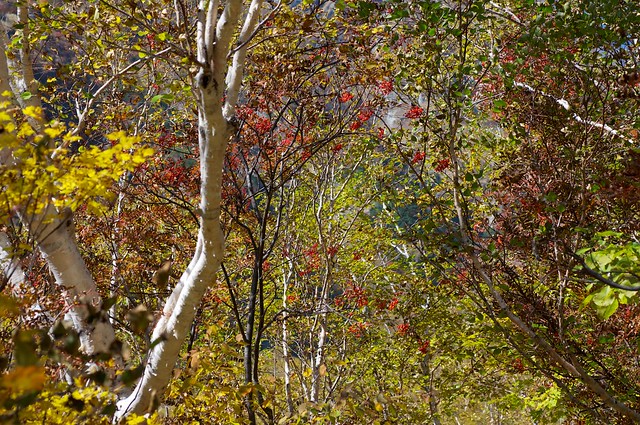 Although the autumn colours were less vivid than usual, the tatty leaves and muted colours were atmospheric.
Although the autumn colours were less vivid than usual, the tatty leaves and muted colours were atmospheric.--
Posted By Blogger to jules' pics at 10/19/2011 11:22:00 AM
Tuesday, October 18, 2011
[jules' pics] Climbing Yarigatake - Day 1 and 2
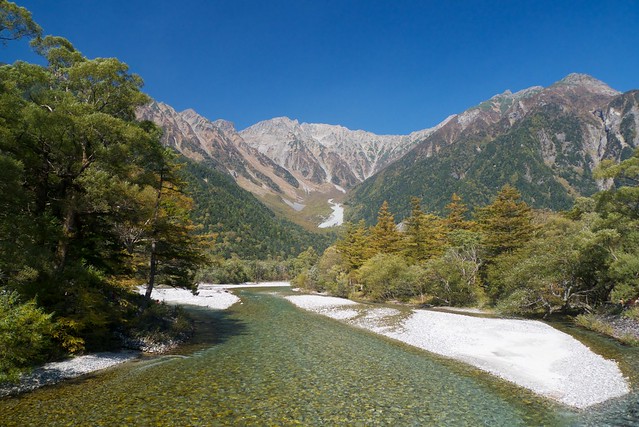
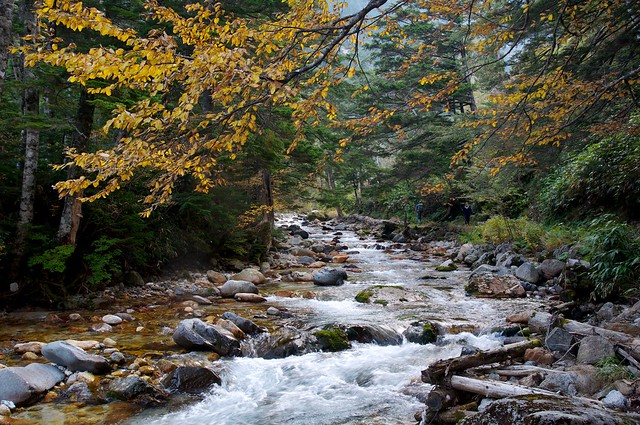
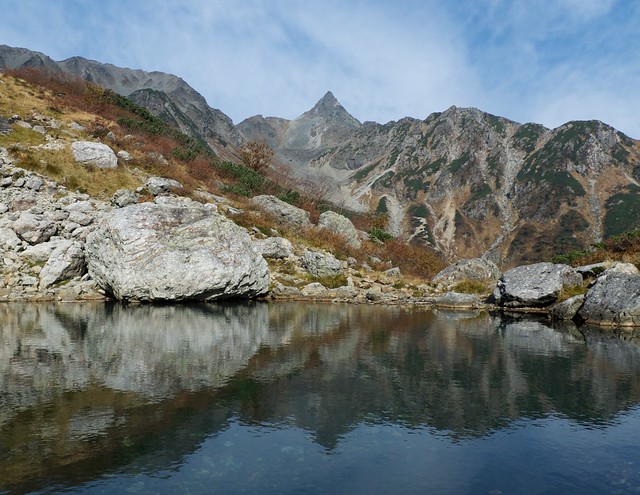
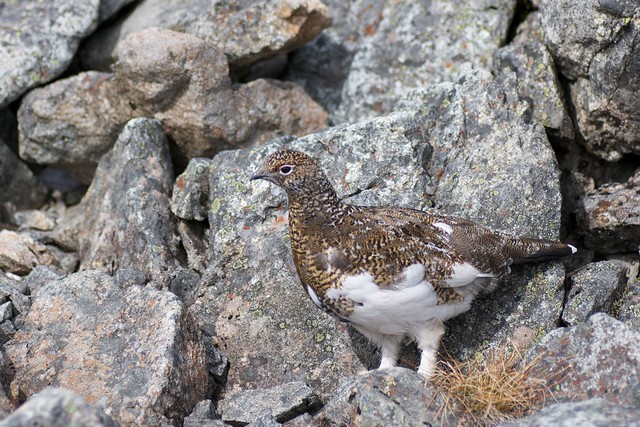
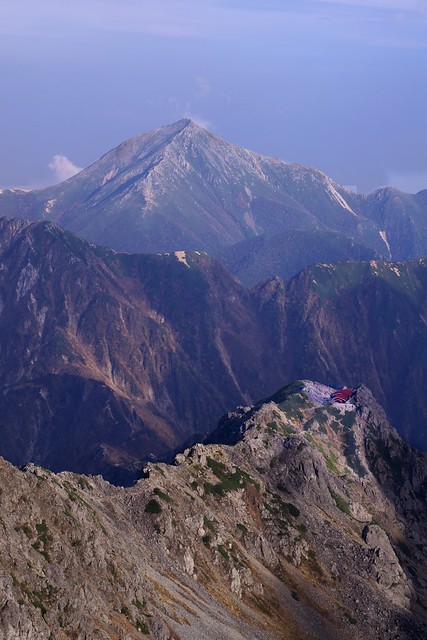
From the hut on the top of Yarigatake in the evening, we could see out to Jounendake (that we climbed last year), and also one of the huts a few hundred metres down from the peak.
--
Posted By Blogger to jules' pics at 10/18/2011 05:05:00 PM
Monday, October 17, 2011
[jules' pics] Early Saturday morning at Kamakura beach
Sunday, October 16, 2011
I've been audited!
There have been allegations of some shady practice in the awarding of contracts, and fishy accounting - not within JAMSTEC itself, I hasten to add, but we are all part of the same compost heap that is the Japanese governmental and quasi-governmental bureaucracy, so tend to get trawled in the same nets. Therefore, JAMSTEC is undertaking an audit to check whether the problem extends to its staff.
This audit consists of a non-anonymised questionnaire that goes something like this:
===
Q1: Have you engaged in shady accounting, and do you have any illegal slush fund? Yes/No (tick as applicable)
Q2: If the answer to Q1 is "yes", where is this money kept?
I certify that the answers to Q1 and Q2 are correct. Name _____
===
There follows some blurb to the effect that if the questionnaire is not returned by the deadline, someone will come and talk to me to help me understand how important it is.
Jules is lucky enough to get to go to monthly management meetings. At the last one, there was substantial discussion about the questionnaire, and it was decided that we should all tick the "No" box.
We are lucky indeed to have such inspirational leadership.
(I took a punt and had already sent it back - fortunately, I managed to guess the correct answer.)
Monday, October 10, 2011
Sourdough revisited
I'm back on the sourdough habit again. After a bit of a break, I tried to start it up over the summer, but it kept on falling over after a few days. This pineapple juice recipe seems reliable for kicking things off, but when I tried weaning onto water, it went flat and then mouldy shortly thereafter. Summer temps are pushing 30C in our house (though surely a bit lower downstairs), which may be a bit high.
After our typhoon trip, things had cooled down so I had another go and it worked much better:

My sourdough banana bread (above left) is probably closest to this recipe, in that I used oil rather than butter, and not too many fancy ingredients. I chose to make it on the plain and bready side, as it is intended for a trip to the mountains where I want a solid mouthful and nothing too friable or sickly-sweet. This is actually the second attempt, the first (made on Friday night) didn't make it through the weekend which must be a good sign. Since the interweb is full of ridiculous American-style instructions (who seriously measures things in cups?) I will note down what I did:
2 bananas, well mashed
1 egg, lightly beaten
about 1/2 cup sourdough starter (that's ok since it lives in a cup, but you could also use 4floz)
2floz oil
several drops vanilla essence
16floz flour (yes I know, but it's easy to roughly measure in a jug).
2-3floz sugar
1tsp baking powder
Mix dry and wet ingredients separately, then fold together and pour into greased loaf tin. Cook for 1h at 180C.
The bread (right) is following the no-knead recipe presented here. I haven't got this quite sorted yet, I think I made the dough too wet and it is rather damp and heavy. This one also sat in the fridge for 12h (out of a 30h first rise) because we were out all day, which might not have helped...
Sunday, October 09, 2011
[jules' pics] Visitors
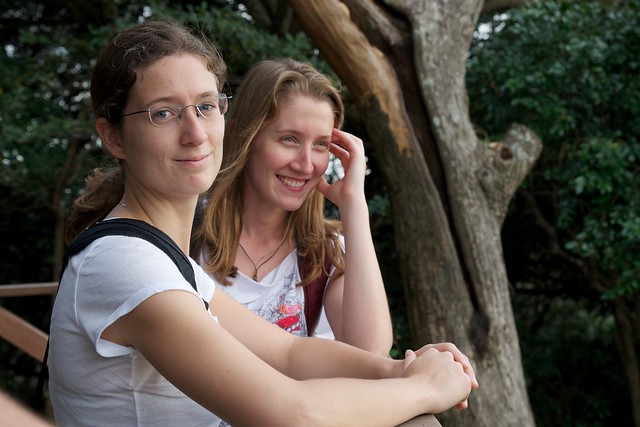
--
Posted By Blogger to jules' pics at 10/09/2011 08:45:00 PM
Wednesday, October 05, 2011
[jules' pics] Higanbana

--
Posted By Blogger to jules' pics at 10/05/2011 05:23:00 PM








